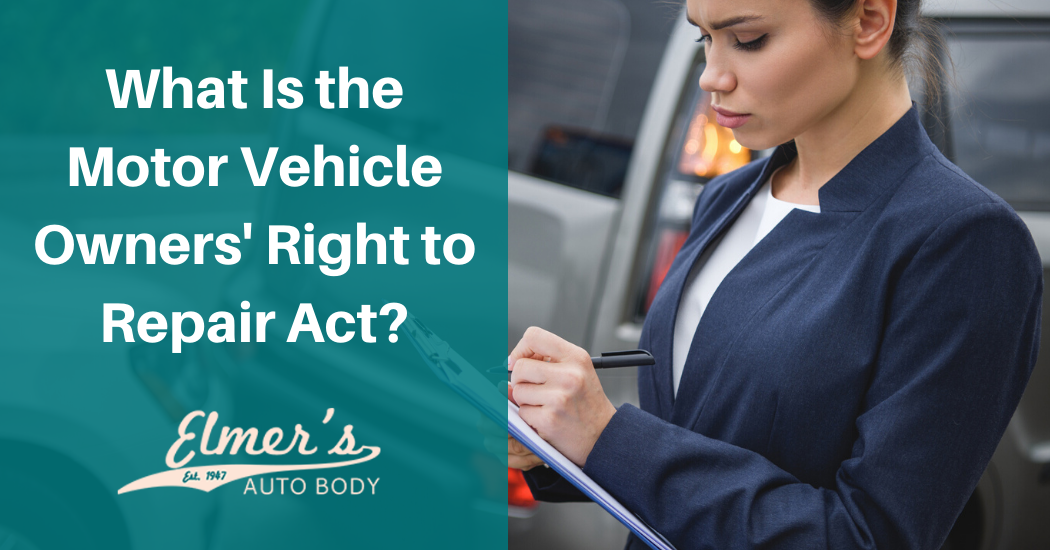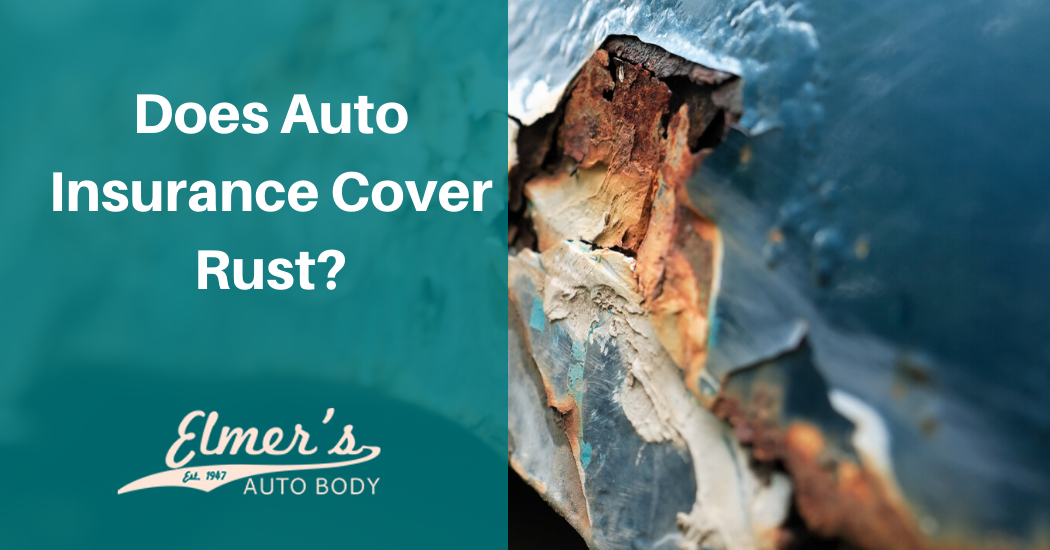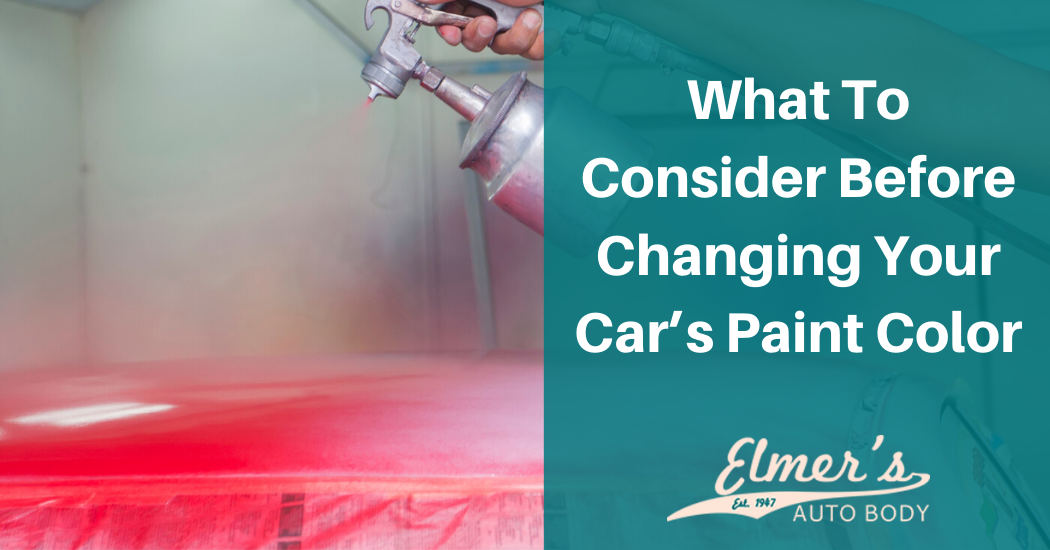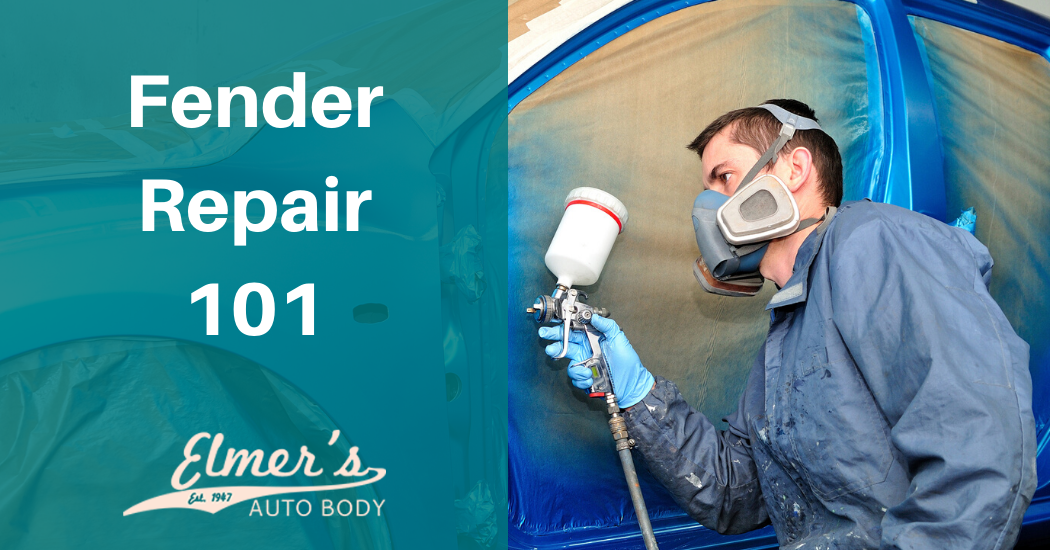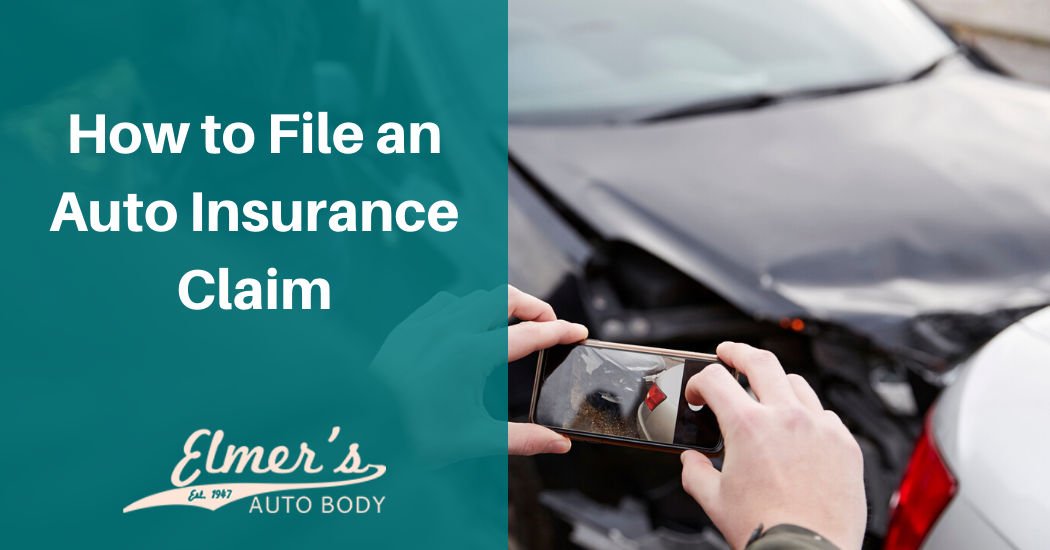In New Jersey, most people have to take their vehicles in for repairs from time to time. The Motor Vehicle Owners’ Right to Repair Act is the name of several different bills that have been proposed by Congress and some state legislatures. This law would require car manufacturers to provide the same type of information to repair shops that they do to car dealerships.
Many independent automotive repair shops, such as Elmer’s Auto Body, have supported the various versions of the Motor Vehicle Owners’ Right to Repair Act. Many dealerships and manufacturers have opposed this bill. At the federal level, this bill was first introduced in 2001. However, it was not adopted by any state or the federal government until 2012 when Massachusetts enacted its Right to Repair law. Massachusetts’s law came about after a binding ballot initiative passed with 86% support of the voters. In 2014, several groups, including the Coalition for Auto Repair Equality, the Automotive Aftermarket Industry Association, the Association for Global Automakers, and the Alliance of Automobile Manufacturers, signed an agreement based on the law in Massachusetts that the manufacturers would follow the provisions of the law of Massachusetts in all of the states. This change would allow independent repair shops to have access to the same information that dealerships do so that consumers have a greater ability to take their vehicles for repairs where they want instead of being limited to dealerships.
Background of the Motor Vehicle Owners’ Right to Repair Act
In 1990, amendments to the Clean Air Act mandated that all vehicles built after 1994 would include computer systems to monitor the vehicles’ emissions. Car manufacturers were also required to give independent repair shops the same types of emissions repair information as they gave to franchised new car dealers. California passed its law that required that the same types of emissions information and service tools would be provided to independent repair shops and to keep websites with the service information on a subscription basis.
Later, on-board computers advanced to the extent that they now control all of the vital systems of cars. These changes meant that automotive repair became highly technical and required the use of computer diagnostic tools.
State legislation
In 2012, Massachusetts passed the Right to Repair Initiative with 86% support by the voters. The first proposed bill was introduced in the U.S. Senate and the House of Representatives in 2001.
New Jersey is one of the states that have had similar bills introduced. In 2006, it was introduced in the State Assembly and passed overwhelmingly. However, the bill did not pass the state Senate before it adjourned. Similar bills have been introduced in many other states.
Opposition to the Right to Repair bills
Multiple groups that represent the repair industry support the Right to Repair bills at both the state and federal levels. Initially, vehicle manufacturers opposed the law based on the National Automotive Service Task Force or NASTF, claiming that the proposed bills were unnecessary.
The NASTF set up a website in 2001 to guide technicians on how to obtain service information and specialized service tools. During that same year, the manufacturers said that they were committed to fixing all gaps by the beginning of 2003. The major associations of manufacturers announced that they had reached an agreement to provide independent shops the same training and service information as they offered to dealerships. However, two major manufacturers’ associations were not a part of that agreement. Instead, they said that they were not required to follow the agreement because there wasn’t any law that made them do so.
In 2005, Consumer Reports published an article that said that consumers would be helped by the passage of a federal Right to Repair Act because it would allow independent service shops to compete with dealerships. In a 2005 survey, 59% of people who responded said that they had trouble getting information about how to repair their vehicles or to obtain the tools that they needed. Out of the respondents, 67% said that they had to send their vehicles back to the dealerships.
Consumers and individual repair shops alike derive benefits when independent repair shops like Elmer’s Auto Body can access the service information and tools that they need to complete repairs. Allowing independent shops the needed information and tools helps them to compete with dealer shops. Competition helps to keep prices more affordable. It will enable people to access information and repairs when they are needed instead of having to send their vehicles back to the dealerships.
Elmer’s Auto Body has provided auto body repair services to people in South Jersey for more than 70 years. We are dedicated to providing the highest-quality services to all of our customers. To learn more about the repairs that you need and how we can help you, contact us today by filling out our contact form or by calling us at one of our three locations.

